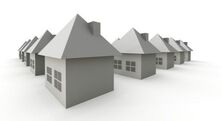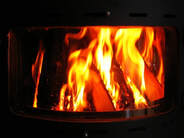
To begin with, we will talk about the more common kind of drywall. Traditional standard drywall consists of a gypsum core which is wrapped in very thick paper. This type of drywall is comparatively easy to work with, can provide a nice smooth finish, and is readily available. However, the composition of standard drywall makes it particularly vulnerable to water damage and the problems that ensue, such as mold growth.
The composition of paperless drywall differs from standard drywall in that it has a water-resistant gypsum core and is covered with fiberglass instead of thick paper. This, as you can imagine, creates a much stronger type of drywall that has a greater resistance to water damage. The strength of paperless drywall, though, makes it more difficult to install. It will also require a lot more work to produce a smooth finish. Another problem is that paperless drywall may not be as easily available as standard drywall.
What type of drywall is best for your home? Comparing their strengths and weaknesses it becomes clear that paperless drywall would be good to use in high humidity areas such as basements and bathrooms, etc. Standard drywall, due to its ease of use and availability, is good for areas of the home that are not as prone to damp and large areas or rooms where you are looking to achieve a smooth finish.









 RSS Feed
RSS Feed